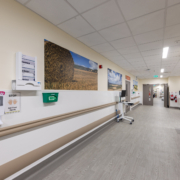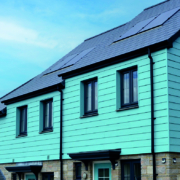For many years, structural thermal breaks were a largely overlooked component in building design. But as the industry pivots towards more sustainable construction in line with Net Zero goals, thermal breaks have stepped into the spotlight, particularly for their ability to boost energy efficiency by reducing heat loss at connection points.
Despite their rise in recognition, there are still crucial considerations that remain widely misunderstood – and the reason? It’s down to the assumption that higher compressive strength always equals a better product in construction. Paul Beech, General Manager of thermal break specialists, Armatherm™, discusses the importance of full and proper research when it comes to specifying building materials.
A thermal break essentially has two key jobs – reduce heat transfer while maintaining structural support. That balance is more complex than simply opting for the strongest material available. In fact, when it comes to insulating performance, higher strength materials often come with a compromise: greater density and in turn, a lower R value.
This is especially relevant when insulating structural connections like balcony supports, column bases or roof beams. These are areas where moment forces and compression are in constant play, and a correctly specified thermal break will take into account the load requirements of the application, without unnecessarily sacrificing insulation performance.
Taking a closer look at column bases, for instance. These are areas that don’t always require high compressive capacity but do require excellent thermal resistance. In these cases, over-specifying the strength can result in a denser product that absorbs more energy.
Every building element has its own unique load-bearing requirements. Balcony connections are one example where compressive and tensile forces are significant and unavoidable, and require high compressive strength as seen in the Armatherm™ FRR range. In these cases, selecting a thermal break with the right compressive strength is essential to ensure both safety and insulation.
However, there are less demanding areas, such as steel columns passing through a concrete floor where thermal breaks with a lower compressive strength may perform better. These materials often have minimal creep under load and do not absorb moisture, which helps to maintain structural stability while offering excellent thermal insulation.
This is where thoughtful specification comes into play. A one-size-fits-all mindset doesn’t serve the performance or sustainability goals of a project and it’s essential to find that balance, strong enough for the structural need yet not so strong that you risk losing insulation efficiency.
Equally important is ensuring that the product you specify delivers on its claims. With sustainability being such a high priority in today’s construction landscape, manufacturers know that marketing terms like “eco” and “green” carry weight.
There are some thermal break products on the market, such as girts, which are promoted as environmentally friendly, but contain embedded steel elements that compromise their insulating performance. While they may technically meet load requirements, their conductive components can significantly reduce energy efficiency, ultimately working against the project’s goals.
Without robust testing data or third-party validation, these claims can be misleading. That’s why it’s critical to dig deeper and ask questions. Compare not just R values and strength ratings, but also composition, test history and long-term performance data. Working with a team like Armatherm™ can help with this, collaborating to find the best product for the job.
As thermal breaks become standard in modern building design, the duty falls on specifiers to look beyond surface-level metrics. It’s not enough to choose the most robust or the most advertised product. Performance, longevity and verified sustainability all matter, especially when regulation, public interest and scrutiny around energy use are only intensifying.
Rather than treating thermal breaks as a material to be checked off a tick list during a project, it’s time to start considering them as a key contributor to the building’s overall performance and make use of technical resources, choosing suppliers who can back up their claims and work as an extension of your team.
With so many factors to consider when specifying thermal breaks, from compressive strength to long-term performance and sustainability, it’s essential to work with a supplier who understands the bigger picture. Armatherm™ has spent years developing structural thermal break solutions that strike the right balance between strength and insulation performance, helping to reduce thermal bridging without compromising structural integrity. The expert team is always on hand to support architects, specifiers and engineers in selecting the most appropriate product for each individual application. Whether you’re working on a high-load structural connection or a detail that demands precision thermal isolation, Armatherm™ can help you get it right.
https://www.armatherm.co.uk/



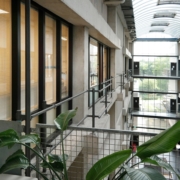

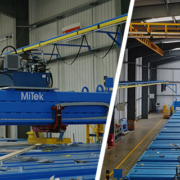
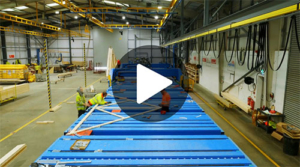

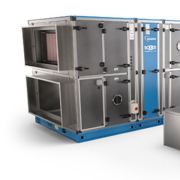

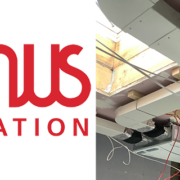

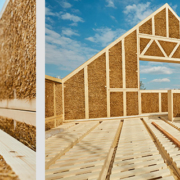
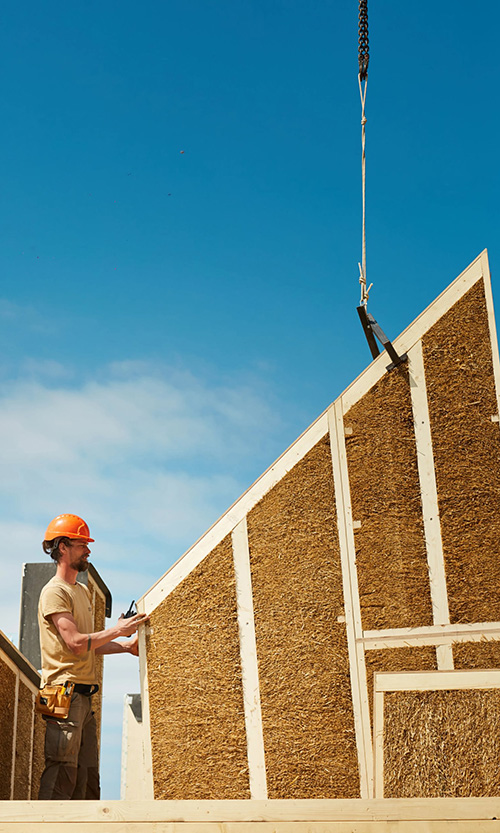 The partnership will make EcoCocon’s innovative straw-based wall system more accessible to professionals across the UK and Irish construction markets — combining bio-based innovation with localised technical expertise.
The partnership will make EcoCocon’s innovative straw-based wall system more accessible to professionals across the UK and Irish construction markets — combining bio-based innovation with localised technical expertise.

